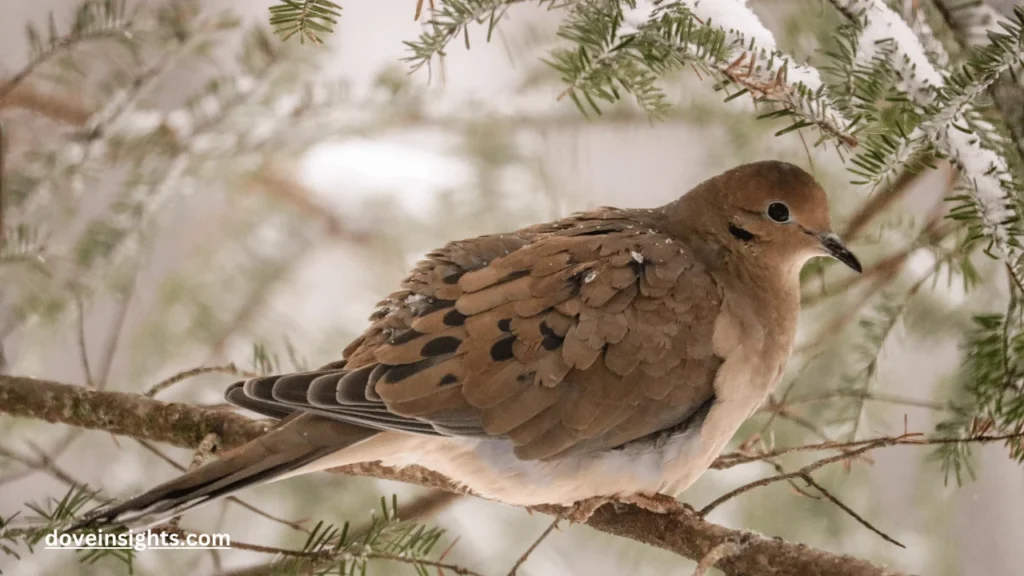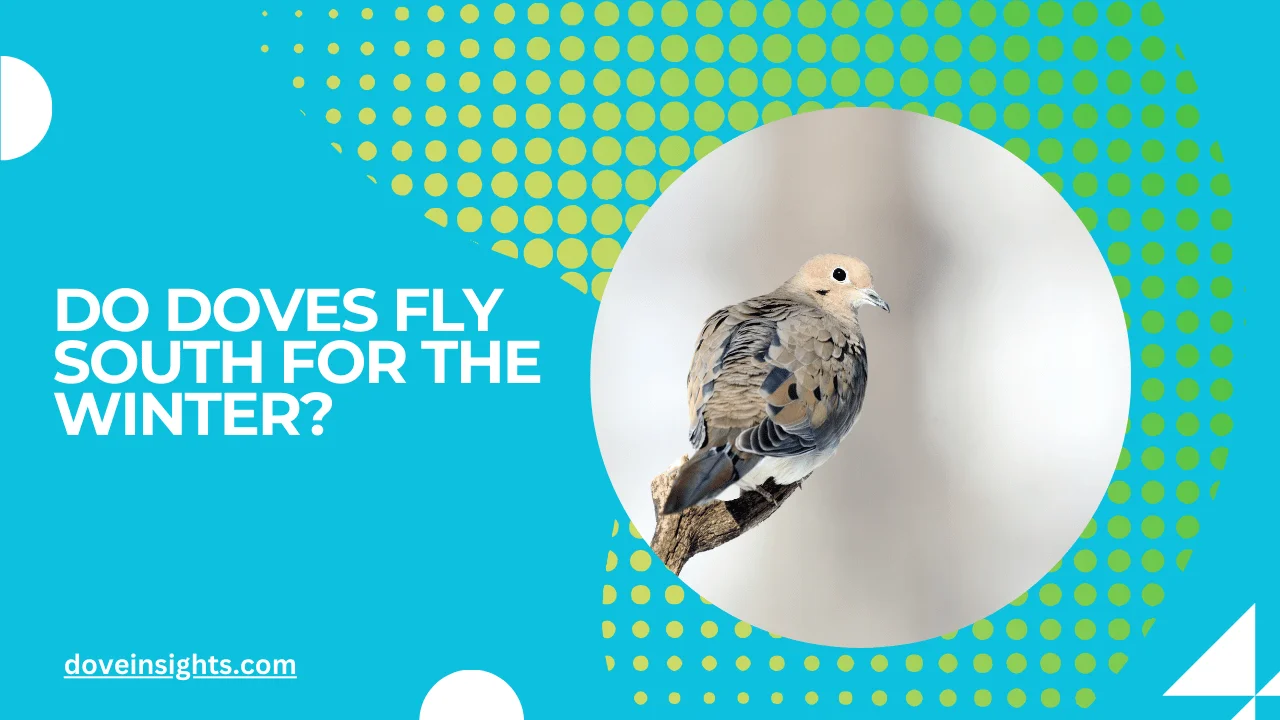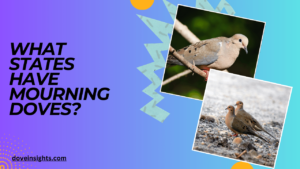As the crisp air of autumn settles in and the leaves turn shades of orange and red, many people wonder: Do doves fly south for the winter?
It’s a question that evokes images of birds migrating to warmer climates, seeking refuge from the cold. Doves, with their peaceful cooing and graceful flight, are a symbol of tranquility and the changing seasons. But when winter approaches, do they leave or do they stay?
This article explores the fascinating migration habits of doves, whether they migrate south like other birds, and the reasons behind their winter behavior. Understanding how doves adapt to seasonal changes not only reveals their survival strategies but also helps us appreciate these beautiful creatures even more.
Contents
The Basics of Dove Migration: Are Doves Migratory?
To understand whether doves fly south for the winter, we must first define what it means to be migratory. Many birds migrate to escape cold temperatures and find abundant food. However, not all species follow this pattern.
Some, like the mourning dove, are partial migrants, meaning they do not always migrate. Mourning doves, one of the most common species in North America, have varying migration patterns depending on their location.
In general, northern populations of mourning doves do tend to migrate south in the winter, while those living in the southern parts of the United States or warmer climates may stay year-round. Their migration behavior is influenced by the availability of food and the severity of the weather.
Why Do Some Doves Migrate While Others Stay?
The migration of doves, particularly mourning doves, is closely tied to climate and food sources. Doves in colder regions tend to migrate in search of better conditions, as freezing temperatures can make it harder for them to find food.
Winter storms and snow can limit their access to seeds, their primary food source. In the southern U.S., where food is more consistently available, mourning doves are more likely to remain through the winter.
On the other hand, doves in the northern states or Canada will head south to escape the harsh winter months. This adaptability allows mourning doves to survive in a variety of environments, depending on the seasonal conditions.
Mourning Doves: A Closer Look at Their Migration Patterns
Mourning doves are partial migrants, meaning some of them fly south while others stay behind. Those living in colder climates, such as Canada and the northern U.S., typically migrate to warmer areas during the winter.
On the other hand, southern and western populations of mourning doves often remain in place. This pattern is influenced by the mild winter conditions in these regions, where food is easier to access.
Mourning doves have a remarkable ability to adapt to different climates and environmental changes, which is why some may leave and others may stay, depending on the availability of food and the severity of the cold.
Other Dove Species: Do They Migrate, Too?
While mourning doves are the most well-known species to migrate, other types of doves, such as rock doves (commonly known as pigeons), generally do not migrate.
Rock doves are found in both urban and rural environments and have adapted to human-made structures, where they can find food year-round. Their reliance on human settlements has made them less reliant on migration for survival.
Unlike mourning doves, rock doves are more sedentary and stay in their habitats regardless of the season. In contrast, species like the white-winged dove, found in the southwestern U.S., may migrate depending on food availability, especially during dry seasons when resources are scarce.
What Happens to Doves in Winter: Adaptations and Survival Strategies

Doves that do not migrate must rely on a variety of survival strategies to make it through the cold months. Feather insulation is one of the most important adaptations that help them endure the winter. Their feathers provide insulation, keeping them warm even in freezing temperatures.
Additionally, doves in colder regions will often flock together during winter to share warmth and protect each other from the elements.
During winter, mourning doves adjust their diets to include seeds and grains that are readily available, even if they have to forage in urban areas or farm fields. Their ability to adapt to these challenges has allowed doves to survive even when they don’t migrate.
Conclusion:
In conclusion, whether or not doves fly south for the winter depends on the species and their location. Mourning doves in northern climates tend to migrate, while those in warmer regions remain year-round.
Their migration habits are shaped by the availability of food, the severity of winter conditions, and their ability to adapt to changing environments. While some doves are migratory, others, like the rock dove, stay in place throughout the year.
Understanding these habits not only sheds light on the adaptability of these birds but also highlights the importance of habitat preservation and the need for sustainable practices to ensure their survival.
The migration patterns of doves offer a fascinating glimpse into the resilience of nature and the survival strategies of our feathered friends.
FAQ’s
Do mourning doves fly south for the winter?
Yes, mourning doves in northern climates generally migrate south to escape colder temperatures, while those in warmer regions may stay year-round.
Are all doves migratory?
No, not all dove species migrate. Mourning doves are partial migrants, while others like rock doves are sedentary and remain in their habitats throughout the year.
Why do some doves migrate and others don’t?
Doves migrate primarily to find food and escape cold temperatures. Colder climates push northern populations to migrate, while those in milder climates can remain year-round due to consistent food sources.
How far do mourning doves migrate?
Mourning doves may migrate hundreds to thousands of miles depending on their location. Northern populations travel south to areas in the southern U.S. or even Mexico.
Do doves migrate in flocks?
Yes, doves generally migrate in small groups or flocks, especially during the fall and winter months.
How do doves survive winter without migrating?
Doves that do not migrate rely on their insulating feathers, flocking together for warmth, and adjusting their diet to survive harsh winter conditions.








